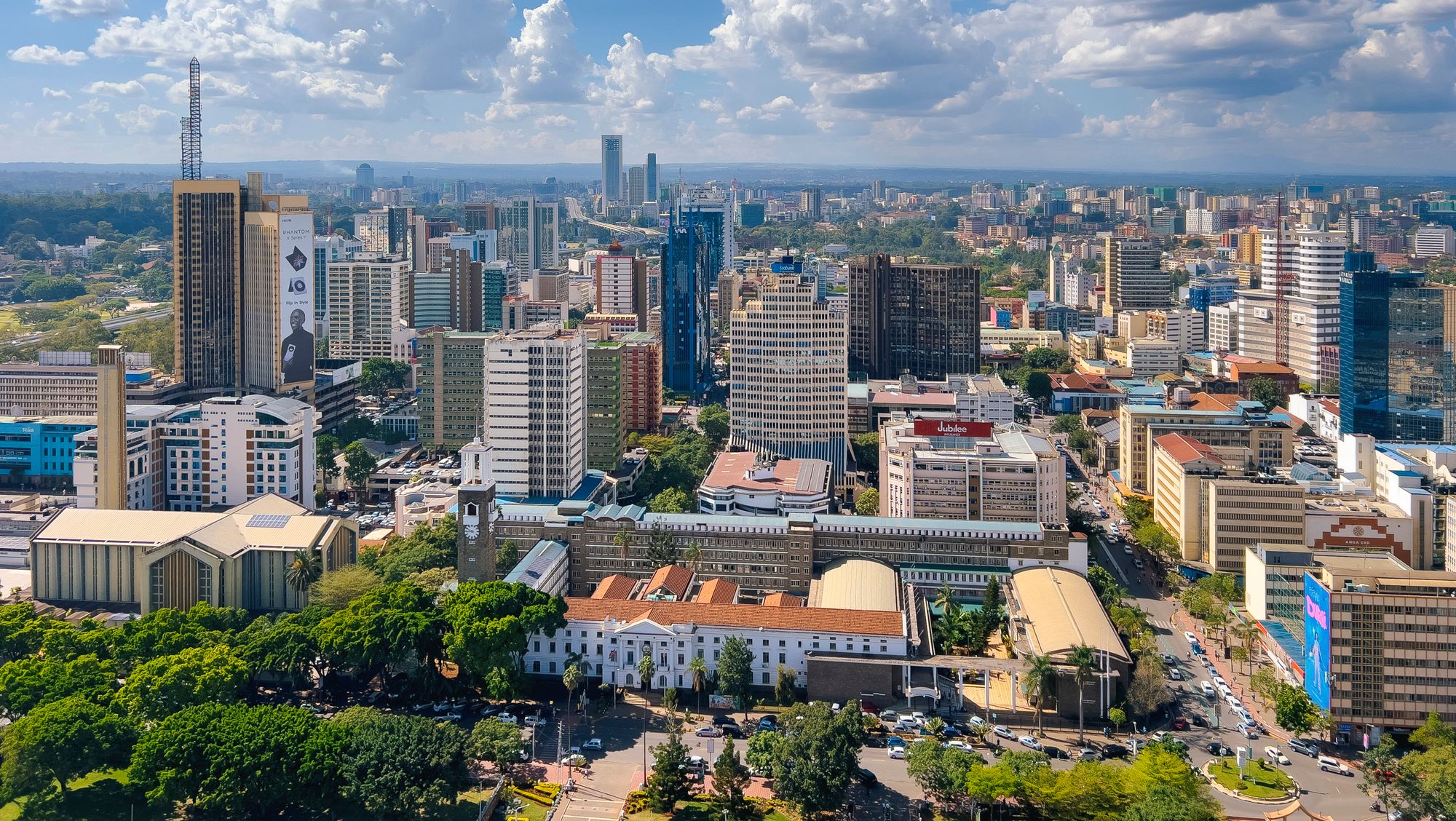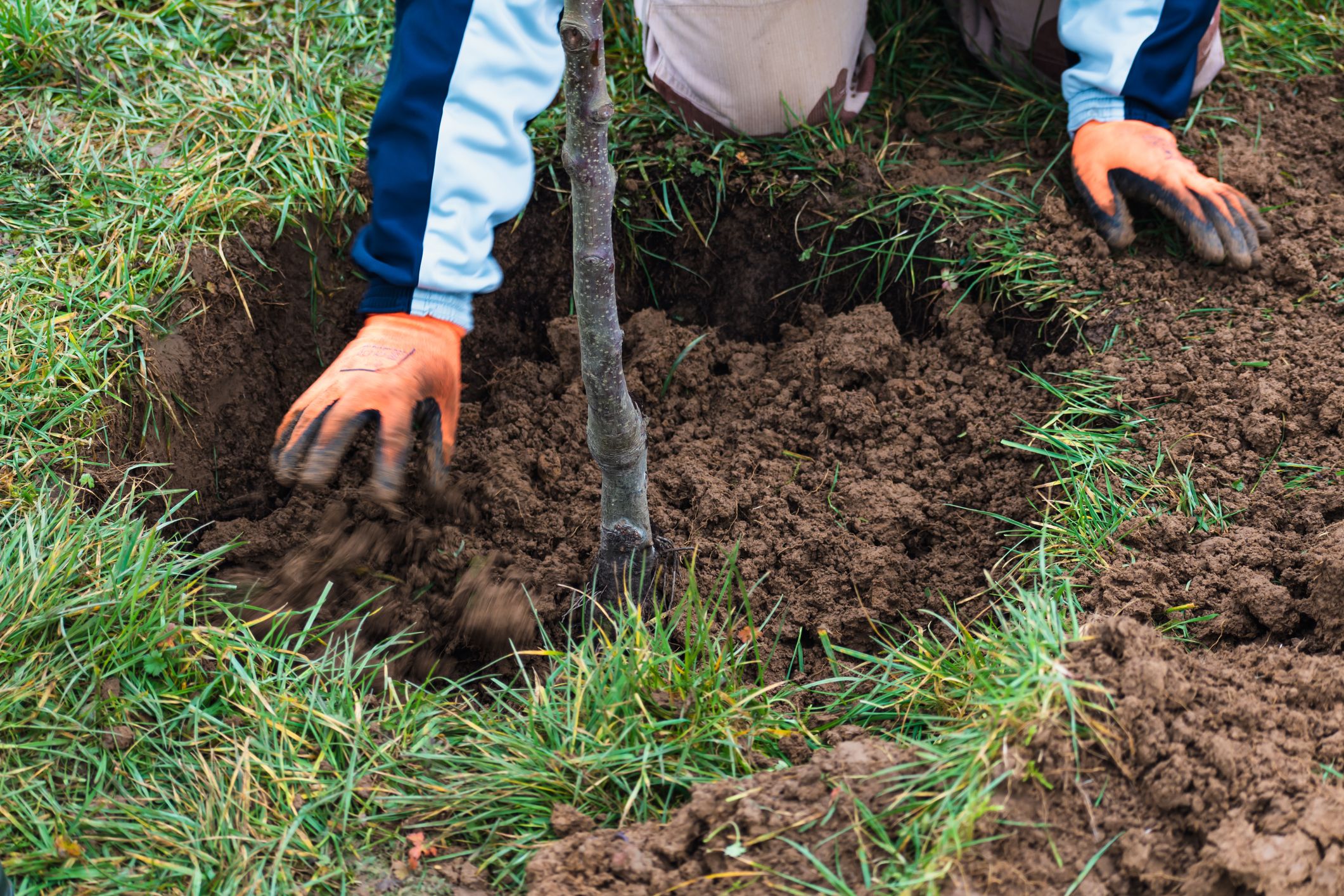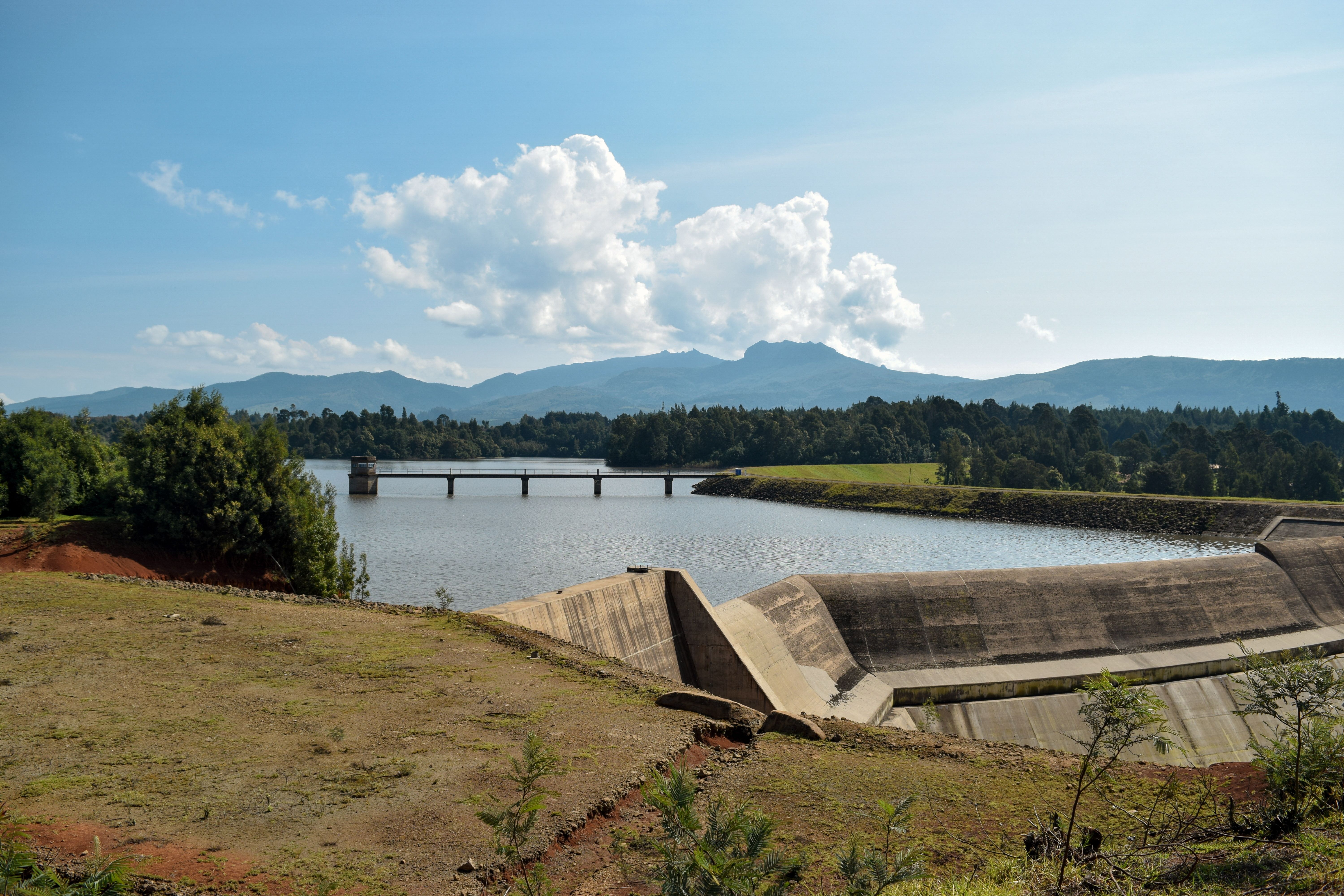

On November 13, 2023, Kenya took an extraordinary step: it declared a public holiday—not for a national celebration, but for a national responsibility. Millions across the country participated in the first-ever National Tree Planting Day, a bold move by the government to involve citizens directly in the fight against climate change. The national government has committed to planting 15 billion trees by 2032, aiming to raise national tree cover from the current 12% to 30%.
In Nairobi, the capital and urban heartbeat of the nation, this commitment marked a turning point in the city’s ambition to plant one million trees by 2032, and to increase tree cover from 13.74%, to 30% in the same period.

Nairobi is ramping up tree planting efforts to restore lost tree cover and strengthen its green infrastructure. Source: iStock
Green spaces and urban forests provide critical ecosystem services. According to the Nairobi City County Climate Action Plan 2020–2050, many of Nairobi’s urban parks and nearby forests—important both for biodiversity and as recreational areas—are at risk due to the growing demand for land for housing and transport infrastructure. At the same time, farmland within the city is shrinking, replaced by residential developments. Over the past 30 years, Nairobi has lost approximately 22% of its tree cover due to rapid urban expansion and infrastructure development. Average temperatures have risen by over 1.5°C since the 1950s, and the city is experiencing more frequent and severe floods, droughts, and heatwaves. These risks underscore the urgency of restoring green infrastructure as a foundation for resilience.
The Climate Action Plan highlights the urgent need for Nairobi to protect and expand its public green spaces, not only for leisure and biodiversity but also as a core strategy for building resilience to future crises, including climate and public health emergencies. In fact, urban parks and green spaces play a vital role in promoting both physical and mental health. They encourage recreation and exercise, which helps reduce obesity and improve cardiovascular health. In addition, exposure to nature has been shown to lower stress levels and improve mental focus, offering an essential escape from the pressures of city life. Therefore, reversing environmental degradation while increasing access to high-quality green areas is identified as a critical challenge for the city’s future.
Nairobi’s Climate Action Plan highlights the urgent need to protect and expand public green spaces in the city.
To meet its one-million-tree target, the Nairobi City County Government is pursuing a multi-stakeholder strategy that combines community participation and institutional collaboration. A key component of this effort is mobilizing residents to take part not only in tree planting but also in tree growing—a distinction that reflects the importance of ensuring survival rates and long-term maintenance.
Encouraging local ownership over the care of newly planted trees is central to the sustainability of the campaign. For example, many of the new trees are planted in schools, where local foundations and civil society organizations collaborate with students to teach them techniques for tree care and maintenance.
By planting one million trees by 2032, Nairobi expects to increase its tree cover to 30% across the city.
In parallel, the city is working with private sector partners, civil society organizations, and national agencies to expand the scale and scope of reforestation initiatives. These partnerships have allowed for tree planting in a range of locations, including schools, markets, parks, and degraded public lands. In 2024, for example, the Nairobi City County Government partnered with Standard Chartered Bank in a program to plant 150,000 trees.

Tree planting at Sasumua Dam helps safeguard one of Nairobi’s key water sources and restore vital catchment ecosystems. Source: Adobe Stock
The city is also directing resources toward the restoration of critical water catchment areas—landscapes that are essential to Nairobi’s water security and environmental stability. Reforestation in these areas supports soil conservation, enhances groundwater recharge, and regulates water flow during periods of heavy rainfall or drought. A notable example is the planting of 1,000 trees in the Sasumua Dam, which provides about 12% of Nairobi’s water supply. The Sasumua, Chania, and Kiburu streams together cover a catchment area of around 12,800 hectares. Recognizing the importance of the Sasumua Dam as a vital water source, the AWWDA Works Development Agency has planted more than 53,000 indigenous tree seedlings since 2006 to restore the dam catchment area.
These tree-planting initiatives support Nairobi’s broader emissions goals. The city has committed to reducing greenhouse gas emissions by 23% by 2025, by 44% by 2035, and by 66% by 2050. Reforesting the city’s landscape is a cornerstone of these ambitions, yielding co-benefits that include public health, water security, and enhanced biodiversity.